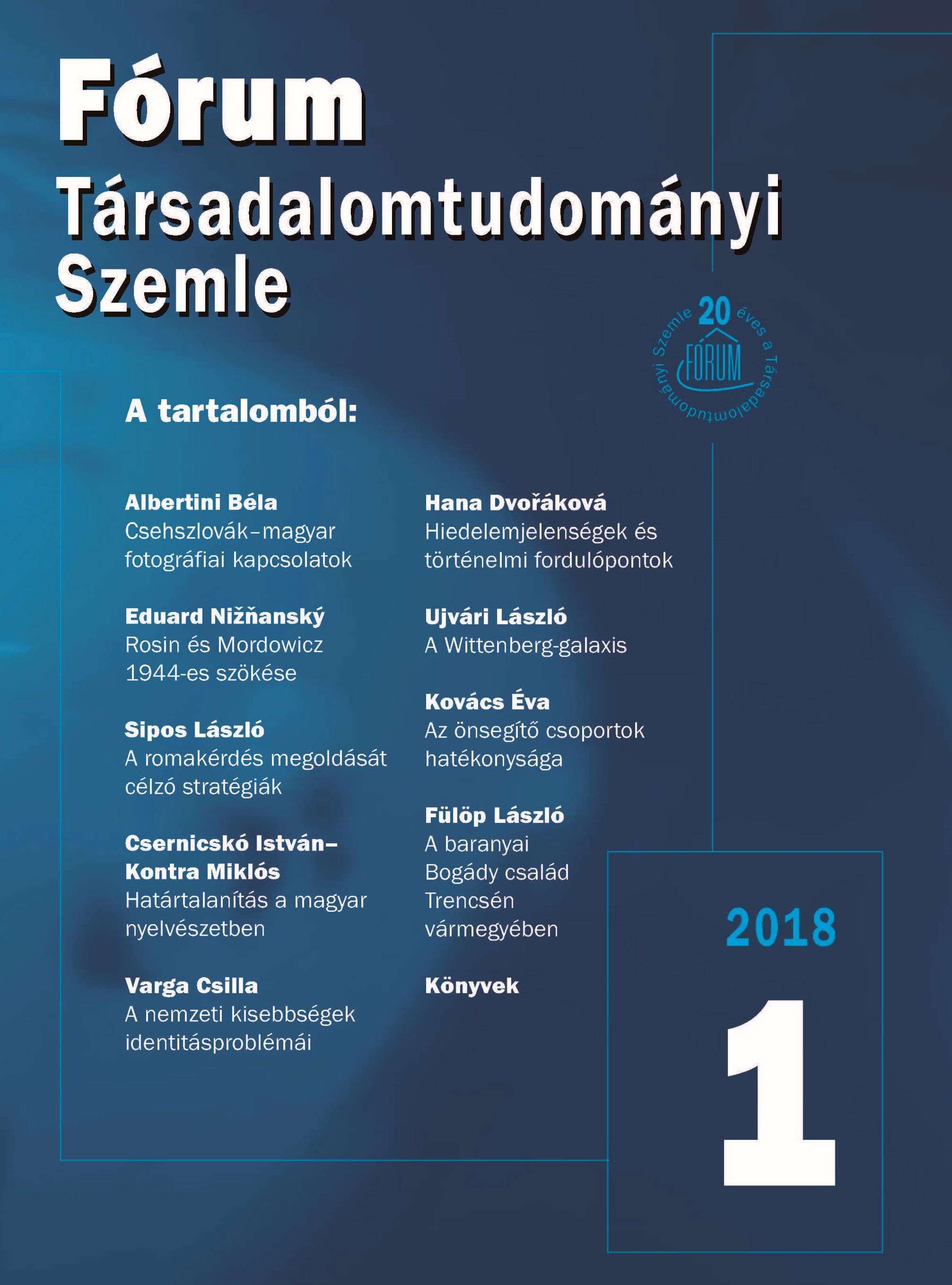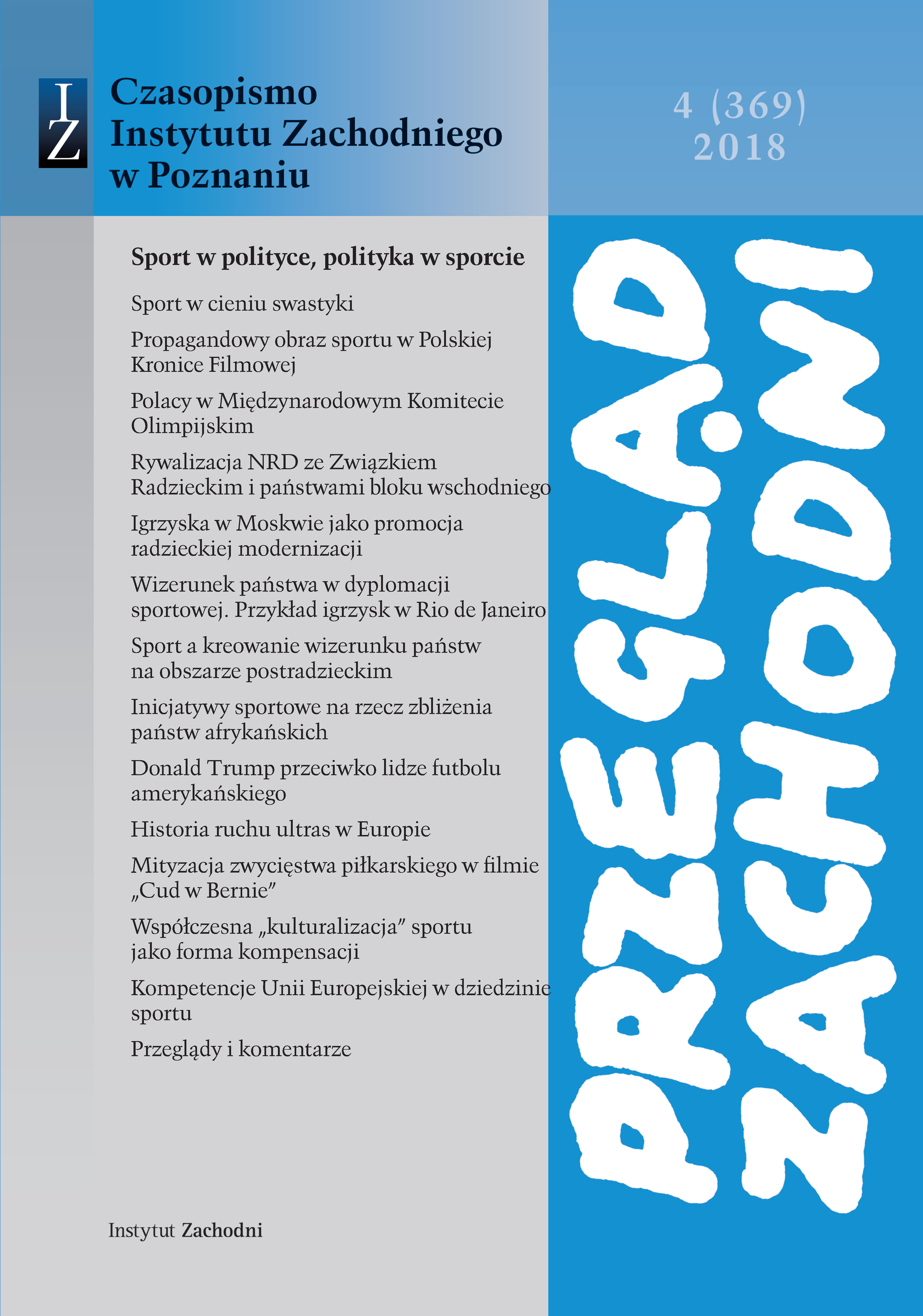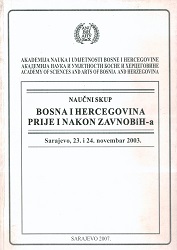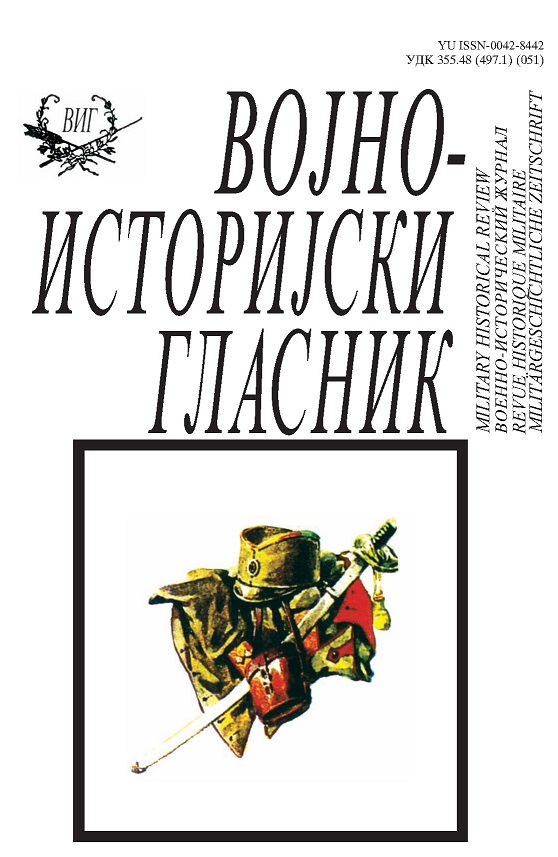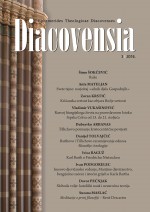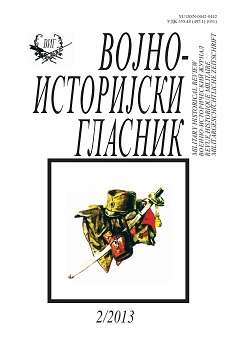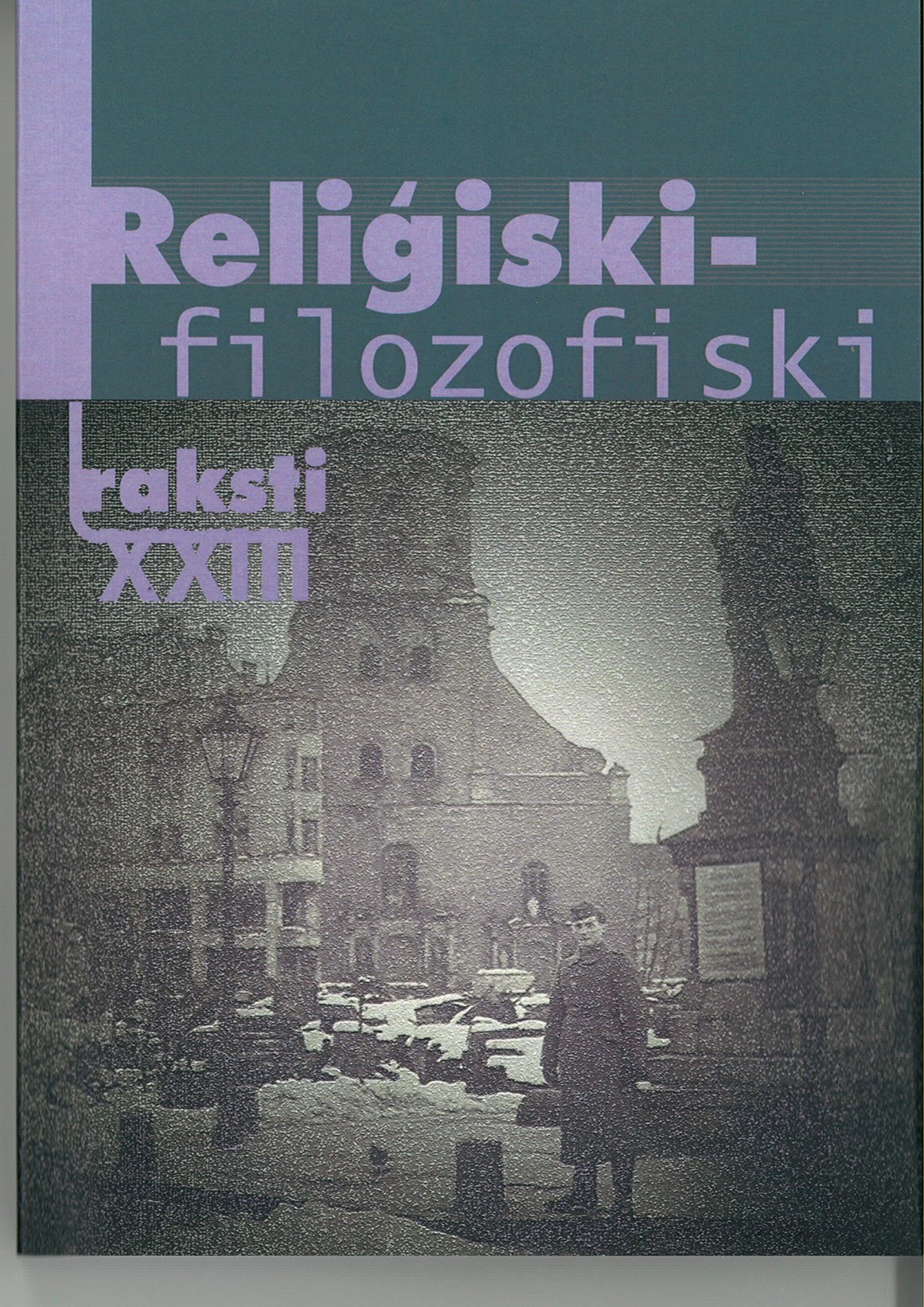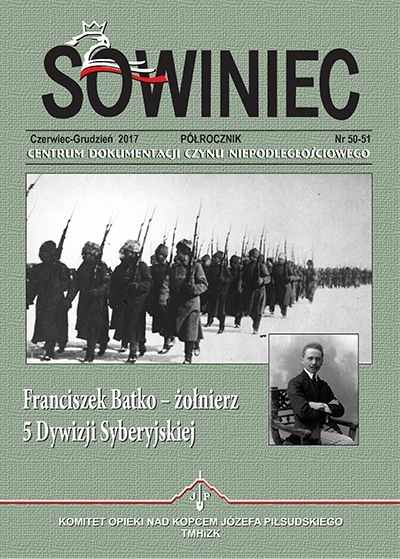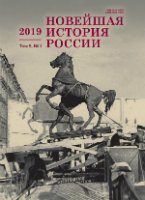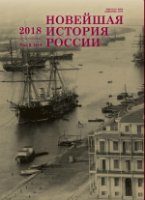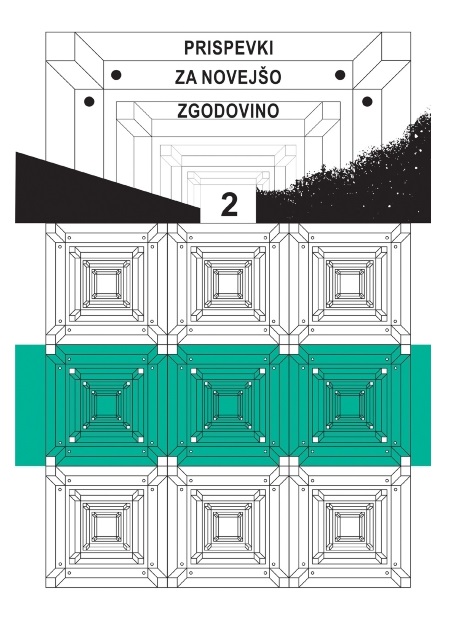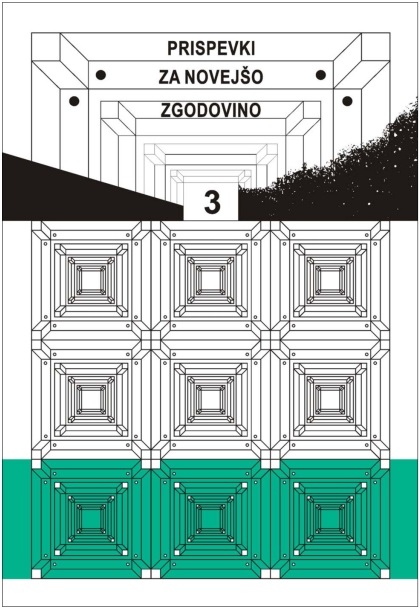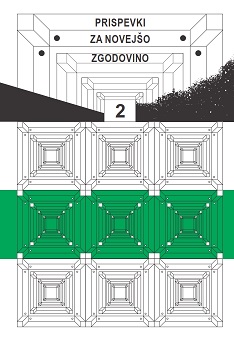
Pregled enot in ustanov Waffen-SS na Slovenskem med drugo svetovno vojno
The article offers an overview of the Waffen-SS military units and establishments operating both in Slovenia and beyond its borders, where they came in contact with the Slovenian partisans. The Waffen-SS units did not participate in the April War in Slovenia; at the first stage of the occupation (1941–1943), there were only a few of them present in Slovenia; however, at the second stage of the war (1943–1945), their presence in Slovenia became a regular occurrence. The Waffen-SS units were present in the entire Slovenian territory, ranging in size from companies up to and including corps.
More...
